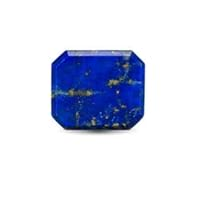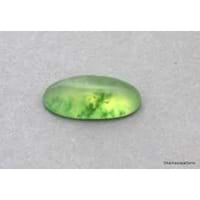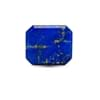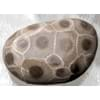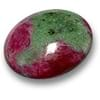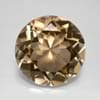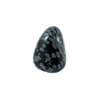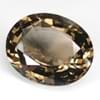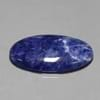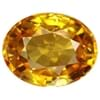Lapis lazuli Vs Hydrogrossular
Origin
Afghanistan
Southern and central Africa
Color
Violet, Blue, White
White, Colorless, Blue, Red, Green, Yellow, Violet
Streak
Blue
Not Available
For which Rashi?
Sagittarius
Not Available
Planet
Venus
Not Available
Element of Planets
Water
Not Available
Finger
Not Available
Not Available
Ring Metal
Not Available
Not Available
Energy
Receptive
Not Available
Deities
Venus
Not Available
Not to wear with
Not Available
Not Available
Powers
Protection, Courage
Not Available
Planetary
Not Available
Not Available
Talisman
Not Available
Not Available
Tenacity
Not Available
Not Available
Solubility
Not Available
Not Available
Durability
Not Available
Not Available
Specific Gravity
2.50-3.00
3.25-3.40
Fracture
Uneven-Conchoidal, ConchoidalWalter Schumann, Gemstones of the world (2001)
Not Available
Cleavage
3,6
Not Available
Chemical Composition
The chief constituent Lapis Lazuli is Lazurite, with the following chemical formula: (Na,Ca)8Al6Si6O24(S,SO)4
hydrogrossular Massive vein s of opaque Grossular Garnet that resembles Jade . It is white to light green in color, and may be colored in a white, green, and pink combination. Hydrogrossular is often regarded as a variety of Grossular, but it is scientifi
Luster
Vitreous, Greasy
Not Available
Pleochroism
AbsentWalter Schumann
Not Available
Dispersion
None
Not Available
Transparency
Opaque
Translucent
Refractive Index
1.500-1.670
1.680-1.712
Optic Character
Not Available
Not Available
Crystal System
Trigonal
Not Available
Birefringence
Not Available
Not Available
Clarity
Gemstones of the world (2001)
Translucent
Neurological
Not Available
Not Available
Cardiovascular
Not Available
Not Available
Respiratory
Not Available
Not Available
Reproductive
Not Available
Not Available
Digestive
Not Available
Not Available
Psychology
Not Available
Not Available
Healing
Not Available
Not Available
Qualities Associated
Not Available
Not Available
Lapis lazuli Vs Hydrogrossular Fracture
Fracture is an important parameter when you compare Lapis lazuli and Hydrogrossular Physical Properties. It is necessary to understand the significance of these properties, before you compare Lapis lazuli Vs Hydrogrossular fracture. Whenever a gemstone chip breaks, it leaves a characteristic line along its breakage. Such lines are known as fracture and are used to identify the gemstones in their initial stages of production when they are in the form of rough minerals. Fracture is usually described with the terms “fibrous” and “splintery” to denote a fracture that usually leaves elongated and sharp edges. Fracture observed in Lapis lazuli is ConchoidalWalter Schumann, Gemstones of the world (2001) and Uneven-Conchoidal.
Lapis lazuli Vs Hydrogrossular Luster
A primary knowledge about Lapis lazuli vs Hydrogrossular luster is useful in apparent identifications of these gemstones. Luster is the measure of light that gets reflected when incident on a finished cut gemstone. There are two major types of lusters: Silky and Adamantine. Since luster varies between two crystals of even the same gemstone, luster is limited to basic identification criteria. Lapis lazuli exhibits Greasy and Vitreous luster.
